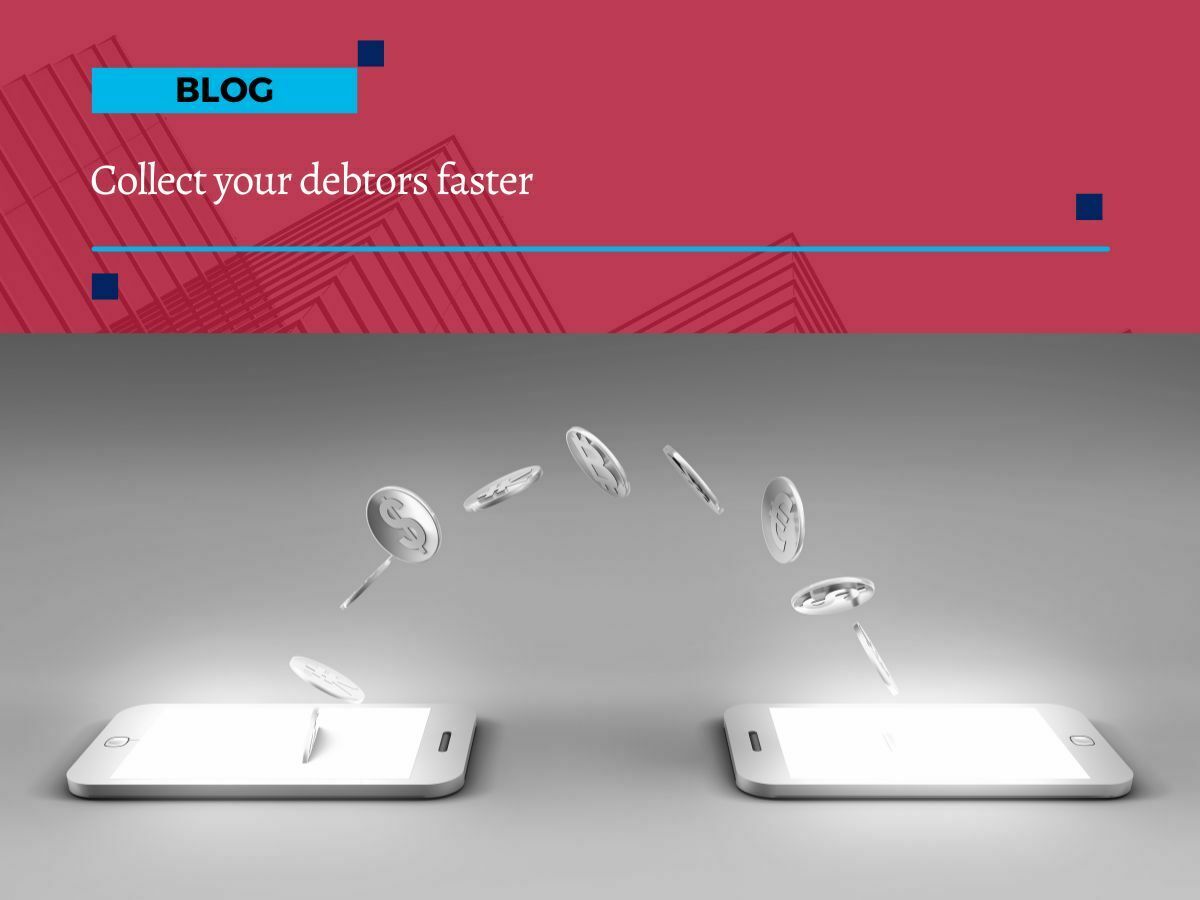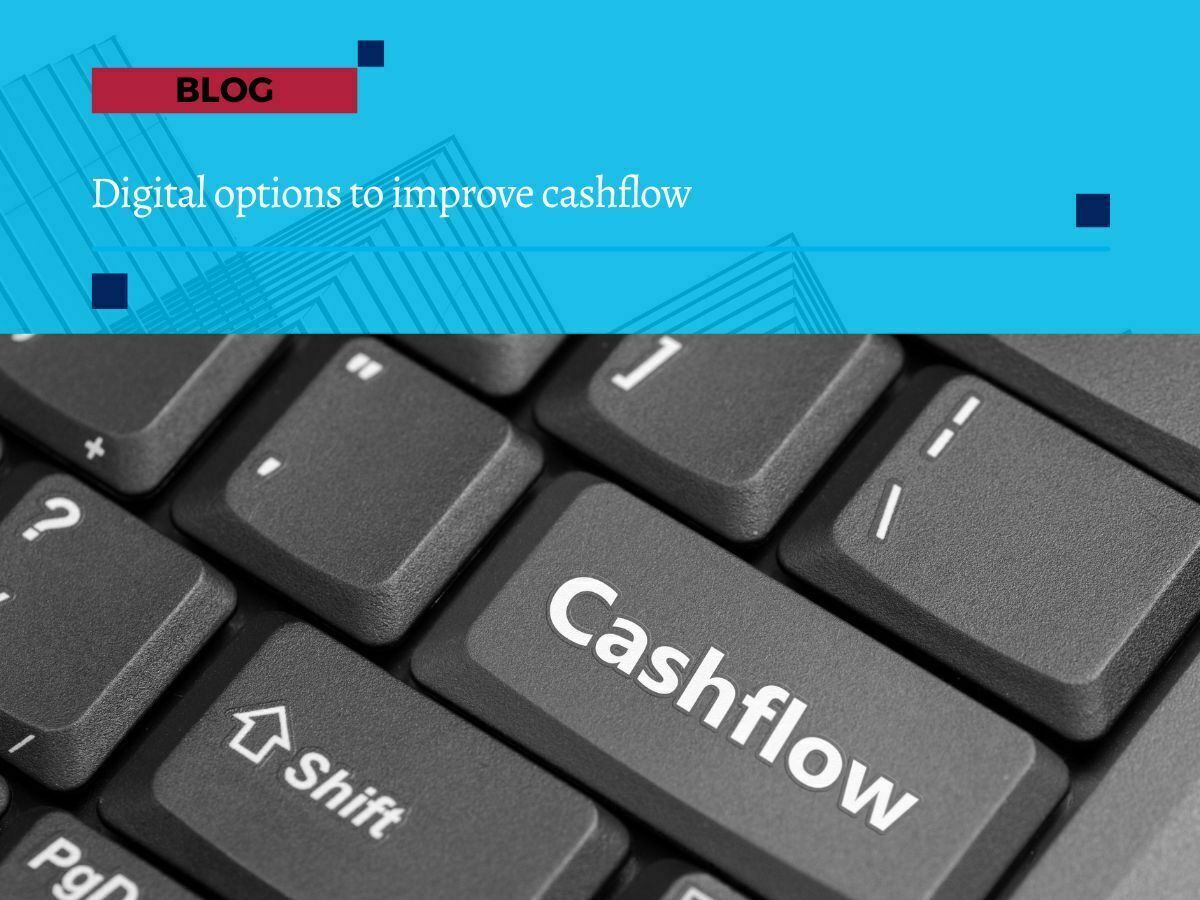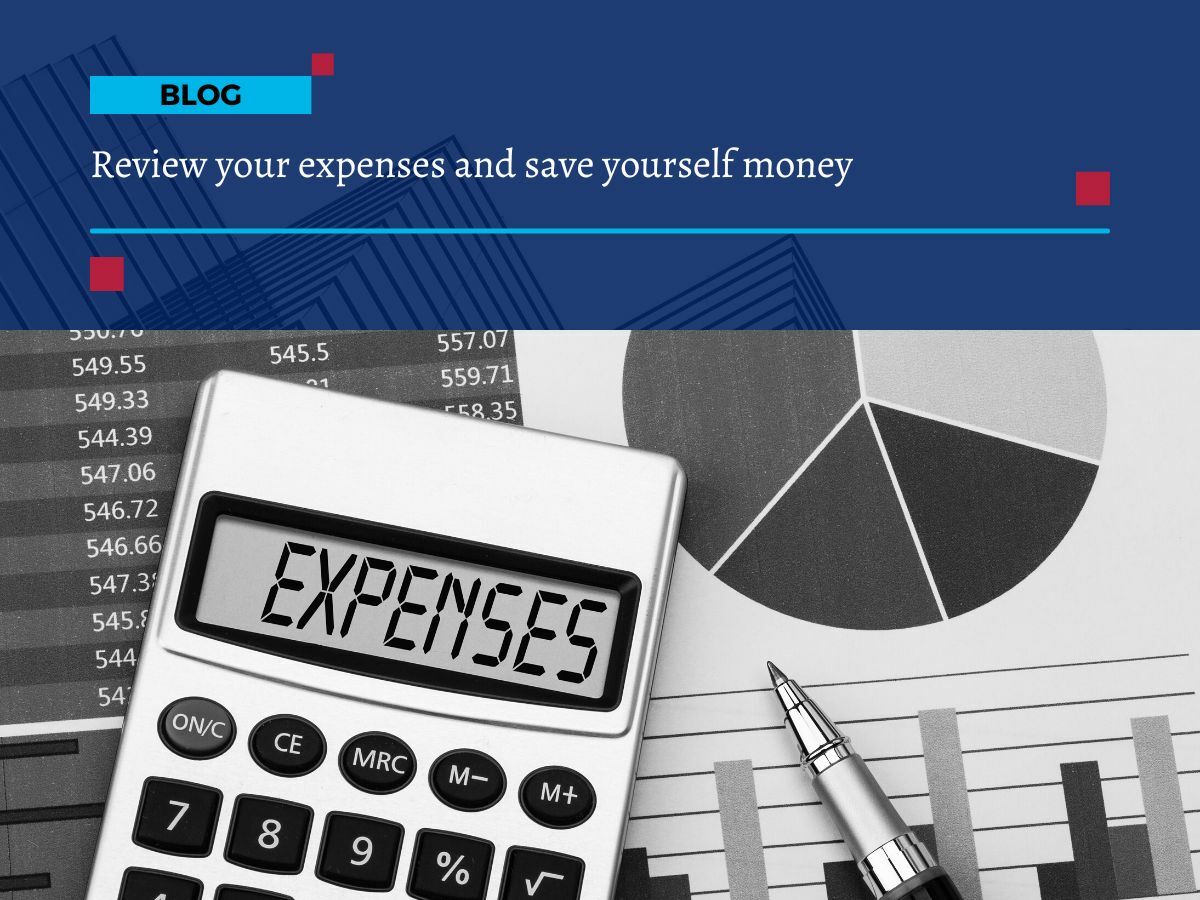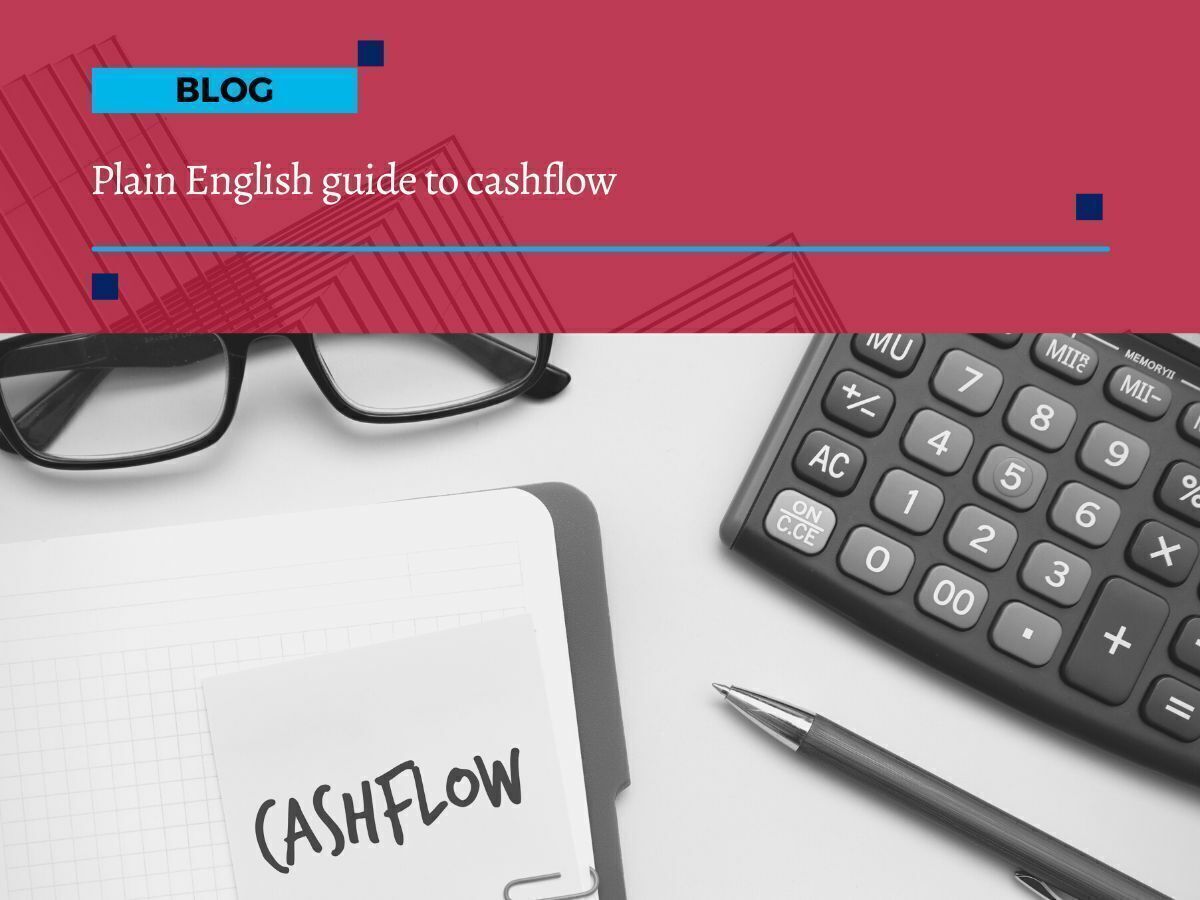
Following Up Invoices in a Challenging Economy
Following Up Invoices in a Challenging Economy
In times when the economy is down, it can feel particularly challenging to chase up payment of invoices. Yet, keeping cash flowing into your business is crucial to cover expenses and meet your obligations to others.
While the task might seem daunting, maintaining a steady cash flow is essential to your business's survival and growth.
As with all dealings in difficult times, a combination of empathy and open communication can significantly improve your chances of receiving timely payments without damaging customer relationships.
The following tips are useful to keep in mind when asking for payment.
The Importance of Personalised Communication
Connecting with your customers is important. Try to make it personal to their situation rather than a one-size-fits-all email. Connecting on a more personal level shows you value them and are conscious of the impacts that the current situation may be having on them. The empathy you show now will also be remembered when the economy recovers. Be proactive—early communication will help you stay on top of cash flow and will also alert you if you need to account for late payments.
When reaching out, consider multiple communication channels. A phone call or video chat might be more effective than an email for some clients, as it allows for a real-time conversation where issues can be resolved quickly. This also helps build a stronger relationship, as it shows you're willing to take the time to discuss their concerns.
Offering Flexible Payment Options
For customers who can’t pay in full, consider breaking invoices into multiple payments with payment terms moved to a longer timeframe. Set up a credit card facility to give customers other options for payment. After all, the easier you can make it for them to pay you, the quicker you will get paid. If you don’t have payment services set up in your accounting software, we can help you do this. Offering a discount for early payment might provide the incentive for customers who can settle to pay your invoice before others.
In addition to these options, consider setting up automatic payment plans. By allowing customers to pay in smaller, manageable amounts on a regular schedule, you can ensure a more consistent cash flow. This is especially useful for customers facing temporary financial difficulties, as it spreads out the payment burden and makes it easier for them to meet their obligations.
Monitoring Total Outstanding Invoices
Make sure you keep track of how much customers are in arrears. While you can continue to allow credit, you want to make sure you're not creating too much risk. Allowing continual extensions to payment while also letting more to be added to their total amount outstanding can create a cash flow crunch.
Regularly reviewing your accounts receivable is crucial. By keeping a close eye on which customers are consistently late, you can take early action to address potential issues. Implementing credit limits or requiring partial payment before extending further credit are strategies that can help protect your business from excessive risk.
Get in touch if you want help to better track your cash flow.
Using Automated Reminders
One of the most effective ways to ensure timely payments is by incorporating automated reminders into your accounting software. Automated reminders are a powerful tool that can save you time and ensure that no invoice is forgotten. These reminders can be set to notify customers of upcoming due dates, as well as follow up on overdue payments without you having to remember each one.
Automated reminders can be customised to fit the tone and style of your business, ensuring that they maintain a personal touch. This automation not only helps in keeping the process consistent but also reduces the likelihood of late payments, as it keeps your invoice at the top of the customer's mind.
If you haven’t yet implemented automated reminders, this could be a valuable addition to your current invoicing process. Our team at First Class Accounts Ovens & Murray can assist you in integrating this feature into your existing accounting software, ensuring you have all the tools you need to manage your accounts efficiently.
Consider a Bill Chaser Service
Managing overdue invoices can be time-consuming and stressful, especially when you're also trying to run your business. That’s where our Bill Chaser service comes in. Designed to take the hassle out of following up on unpaid invoices, this service allows you to focus on what you do best while we handle the rest.
Using our service can help you maintain a professional distance, which is sometimes necessary when dealing with late payments. This can preserve your relationship with the customer, as they may find it easier to discuss payment difficulties with a third party.
Keeping Your Business Financially Healthy
Keeping cash flow going is vital for your business, so the earlier you communicate with customers, the better.
By being proactive, offering flexible payment options, using automated reminders, and considering services like our Bill Chaser, you can significantly improve your chances of receiving payments on time. Don’t let unpaid invoices become a burden—take steps today to secure your business’s financial health - Contact us.








